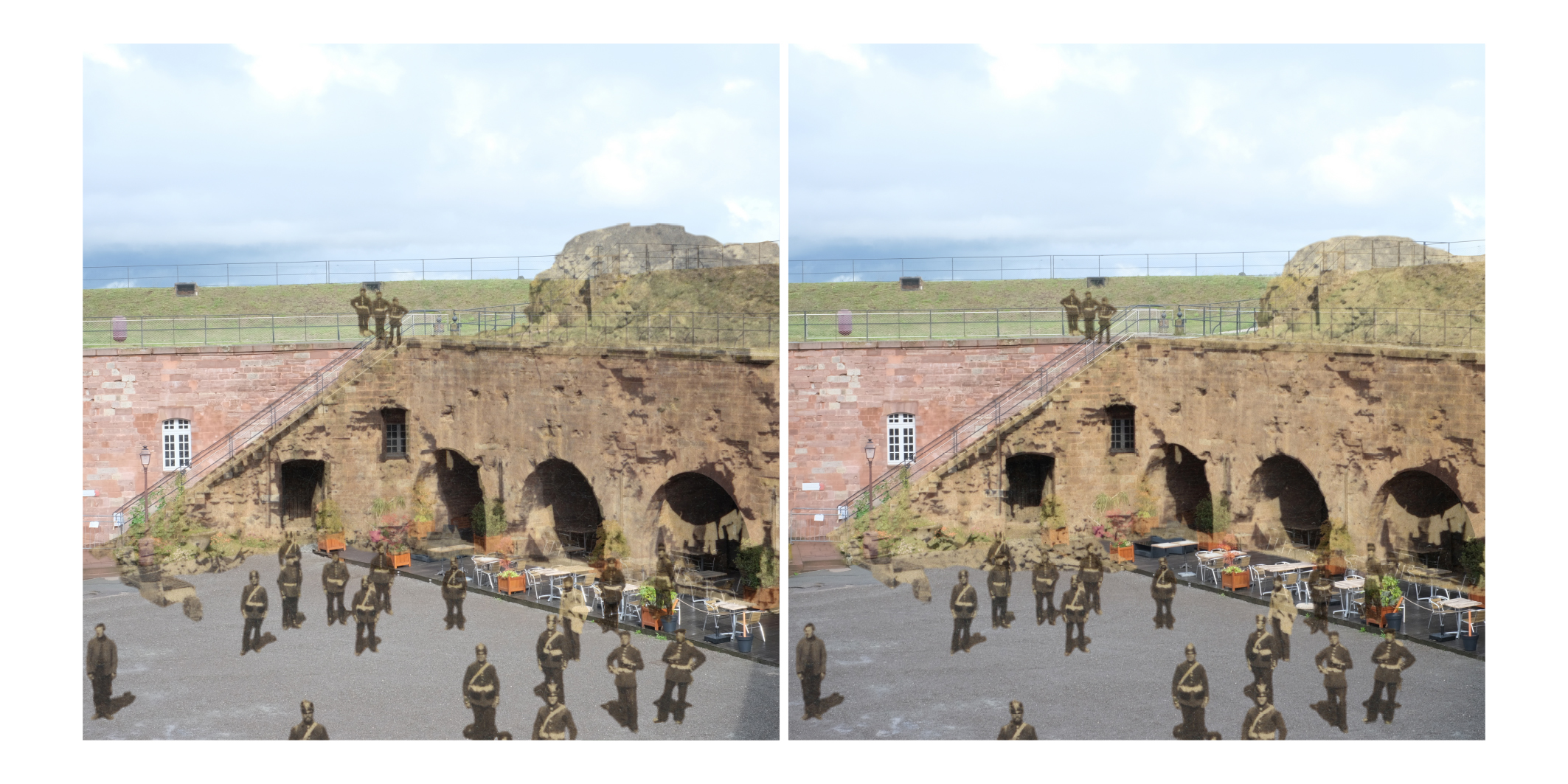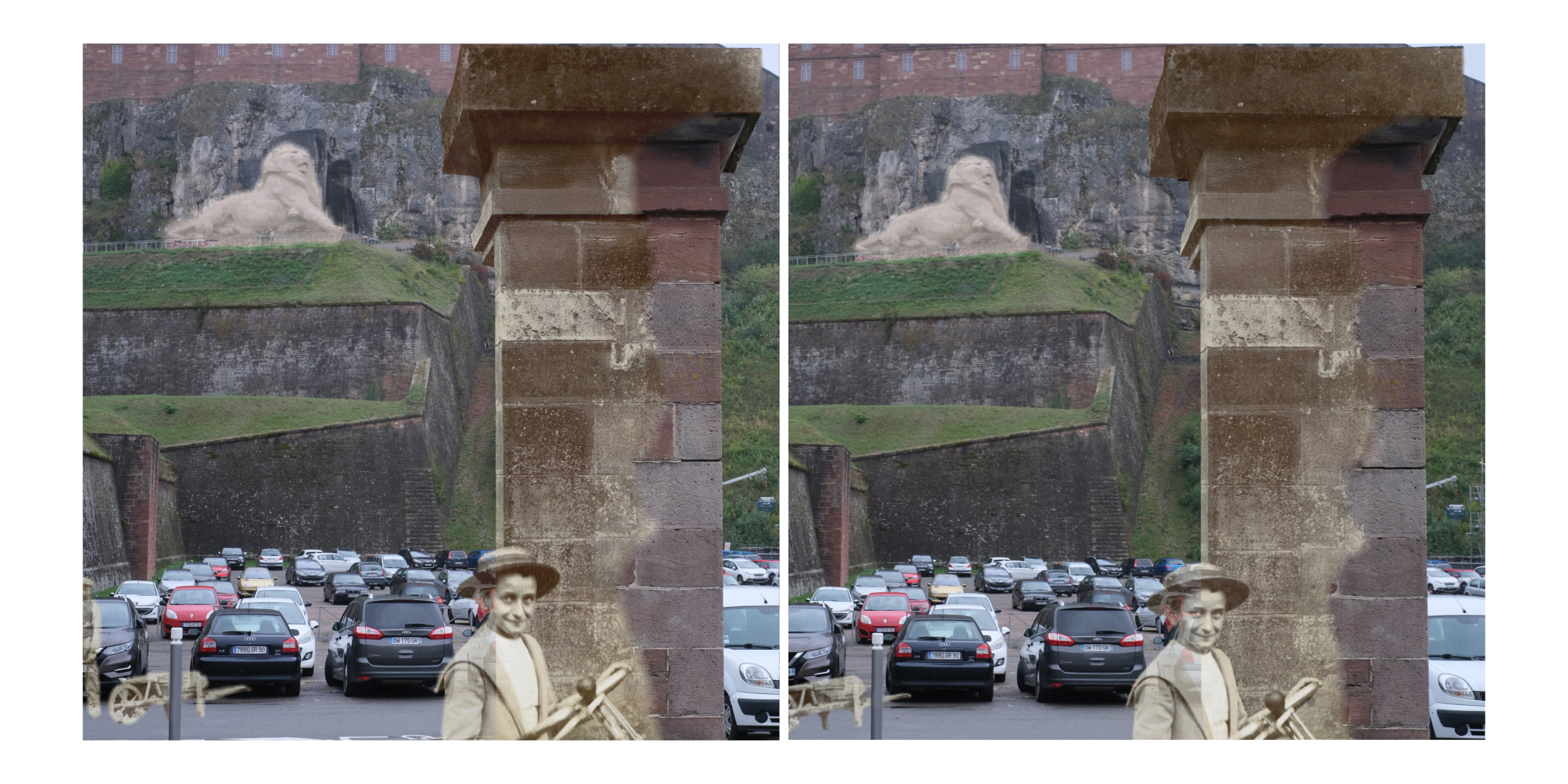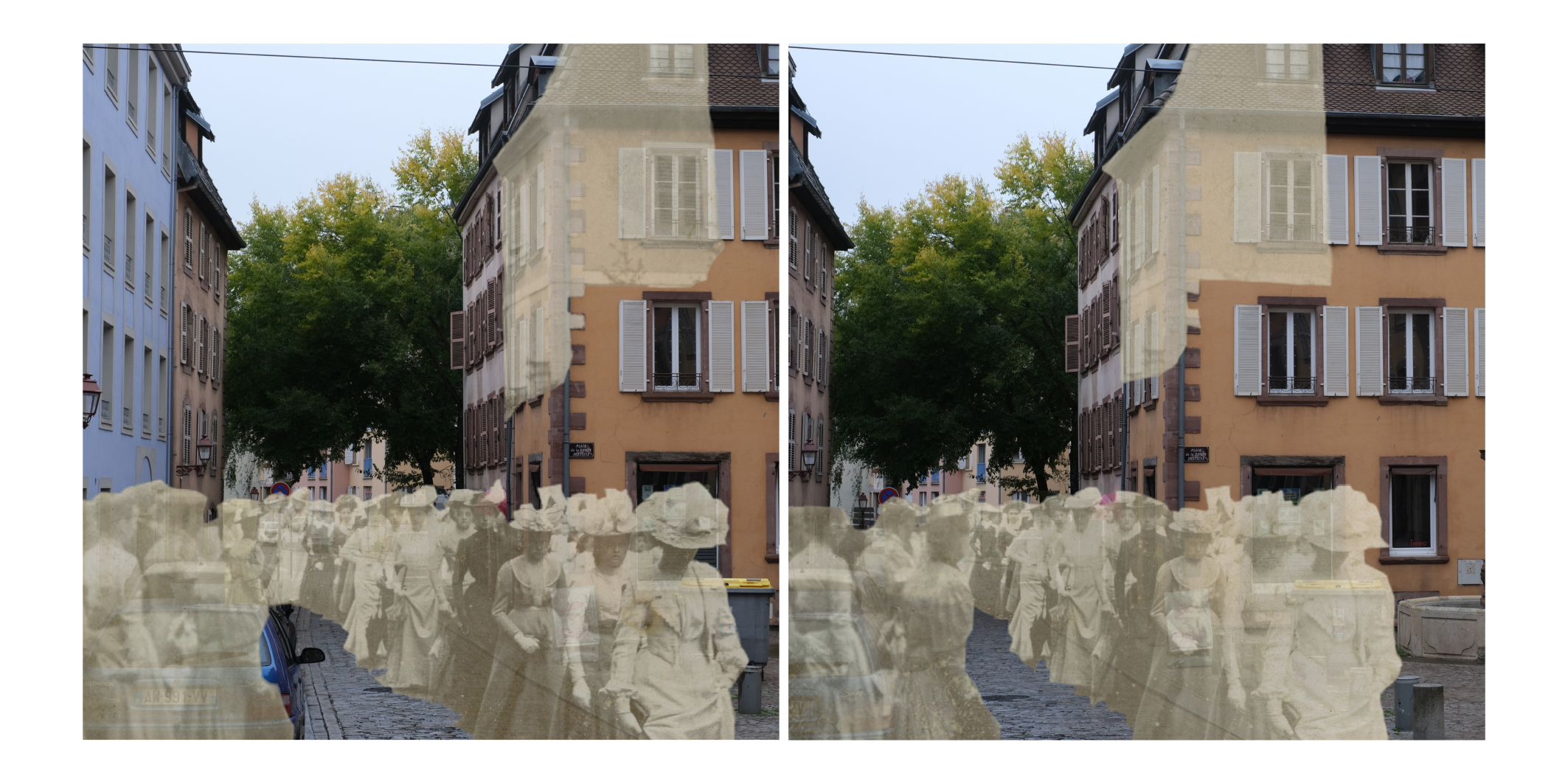
transmedia prototype
inspired by « the invention of morel »
by adolfo bioy casares
The Invention of Morel is a novel written by Argentine author Adolfo Bioy Casarès in 1940.
A fugitive hides on a deserted island. Tourists arrive, and his fear of being discovered becomes a mixed emotion when he falls in love with one of them, Faustine. The fugitive decides to approach her, but an anomalous phenomenon keeps them apart : she does not react to him. He assumes she is ignoring him; however, his encounters with the other tourists have the same result. Nobody on the island notices him.
He comes up with all sorts of theories about what is happening on the island, but finds out the truth when Professor Morel, the host of the island, tells his guests he
has been recording their actions of the past week with a machine of his invention, which is capable of reproducing reality. He claims the recording will capture their souls, and through looping they will relive that week forever.
My final aim is to set up a theatrical adaptation based on this novel. This prototype shows the research I’m doing in order to find how this questions resonate nowadays, and how to write my adaptation. I think these novel has a very brilliant point of view on the relationship we have with technology : how similar is the narrator’s attempt to talk to the tourists, to our interacting on the Web with videos, texts, sounds, produced in the past, and looping on and on, like ghosts?




I got interested with mixing old and actual technologies.
The lenses used in nowadays virtual reality helmets were already used by photographers in the 19th century to watch 3D pictures. Most stereoscopic methods present two offset images separately to the left and right eye of the viewer. These two-dimensional images are then combined in the brain to give the perception of 3D depth.
One part of the transmedia project was to superimpose old stereoscopies of the places where the prototype should have been presented, with the actual place, shot in 3D. Here is a sample of The Fort in Belfort.
I was even more interested by the fact that this narrator is obsessed with Malthusian theories that he wants to gather in a book entitled : «The Defense Before Survivors». On the diary’s final entry the fugitive describes how he is waiting for his soul to pass onto the recording while dying. He asks a favor of the man who will invent a machine capable of merging souls based on Morel’s invention. I decided that this would be the starting point of my prototype.
I reached several researchers that would help me to make the link between overpopulation issues and overproduction of pictures :
With the help of Johan Lescure, developer, I put parts of our conversations into a chatbot. Please be patient, the bot is still experimental, but the more he talks with you, the more he takes lessons from his mistakes.
A part of the theatrical team realized a podcast based on the three first scenes of the performance.
The performance will be untitled : The Defense Before Survivors.
Théâtre de Lorient – CDDB hosted Clara Chabalier and Adèle Chaniolleau (dramaturge) in may 2020 to write the play. A residence in BUDA Kunstcentrum (Courtrai, Belgium) is scheduled in April 2021.
conception
developpement chatbot
graphisme
retouche images
Podcast realised by
adaptation
with
musical interventions by
under the influence of
In March 2019, eight European artists were selected to follow a journey of exploration and experimentation comprising four laboratories, a residence and three public presentations of the prototypes of their artistic projects.
The experimental process chosen was to integrate transmedia creation in the various disciplines of the performing arts. Transmedia allows artists to tell a story using everything that makes up our daily lives through different media. Each media used develops its own and different content, not just a duplication but rather an enrichment of the story, to offer a global experience to the public through the multiplicity implicit in its development. It thus becomes a « playing field » for artists in the « living arts », contributing to the development of new aesthetics, but also so that the public that can experiment, play a role, contribute, choose and also tell stories.
We hope that this form of cooperation and new methods of production and sharing can raise questions about the social challenges we face and possible future paths.
For 26 months, the OPEN ACCESS project revolves around laboratories, festivals and seminars, organized in the four European countries of the partner entities. These artists were supported throughout this journey by the transmedia mentors Karleen Groupierre and Anaïs Guilet, in the creative development by Simon Coates and John Hunter, in the collective intelligence by Marie-Julie Catoir-Brisson, in addition to several professionals from the creative and research sectors.